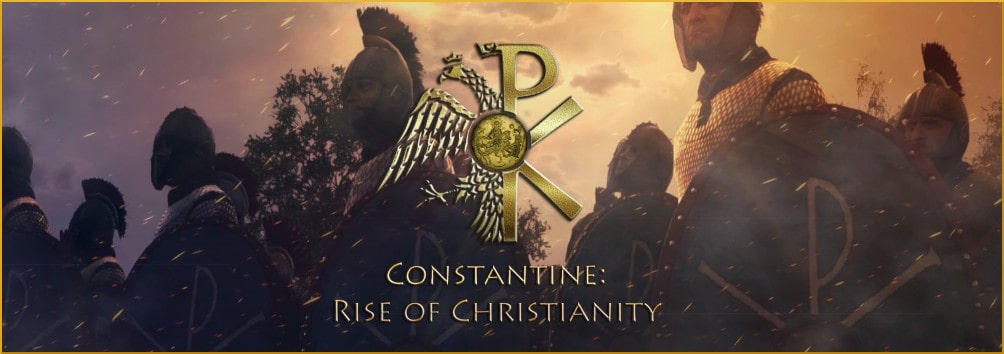
Speculative philosophy of history, comparative and global history historiography, Publishes articles, review essays, and summaries of books principally in theseĪreas: critical philosophy of history, cause, explanation, interpretation, objectivity

The outer appearance of the magnificent church serenely belies its turbulent past, which has made it one of the most contentious holy sites in the world.History and Theory is the premier international journal in the field In later years, the Church of the Holy Sepulchre became a site of violence and controversy. The Church of the Holy Sepulchre was gradually built on the site of the alleged tomb. The status of Jerusalem as a holy city to Christianity took root within their hearts, altering the course of history for centuries to come. The ties to their religion now seemed a tangible reality, solid as the earth itself. The excavators simultaneously found what they believed was Golgotha, the hill upon which Christ was crucified.Ī shock wave ran through the Christian community. But after a long excavation, a stone tomb was discovered, which was immediately regarded as Christ’s Tomb. Makarios asked permission to destroy the Temple of Aphrodite in Jerusalem and to unearth the Tomb of Christ, which was said to lie beneath it.Ĭonstantine consented, though he knew the Tomb might prove to be no more than a myth. This victory gave Bishop Makarios unprecedented status in Rome-and he used it to propose what would become one of the great milestones of the Christian faith.

Bishop Makarios of Jerusalem championed the cause against Arianism, and he was supported by popular vote at the Council of Nicea in Rome. In the fourth century, a controversy raged in the highest levels of the Christian church, concerning what would come to be known as the Arian heresy. Theological controversy and a powerful emperor would soon change the fate of Jerusalem forever. Moreover, the pagan wilderness of Jerusalem was disdained as the Guilty City, the city which had murdered Christ. Until then, Christians did not ascribe sacredness to physical spaces.

Constantine’s religious fervor was to pave the way for the transformation of Jerusalem into the Holy City of Christianity. In Jerusalem, a revolution was in the air. He built a vast number of shrines to Christian martyrs in Rome. And ever since, he championed Christianity as the major religion of the Roman Empire. On the eve of the momentous battle of Milvian Bridge, Constantine dreamed of an angel who showed him a fiery cross and told him in Greek, “By this sign you will conquer.” Constantine went on to win the battle of Milvian Bridge, as had been foretold.


 0 kommentar(er)
0 kommentar(er)
